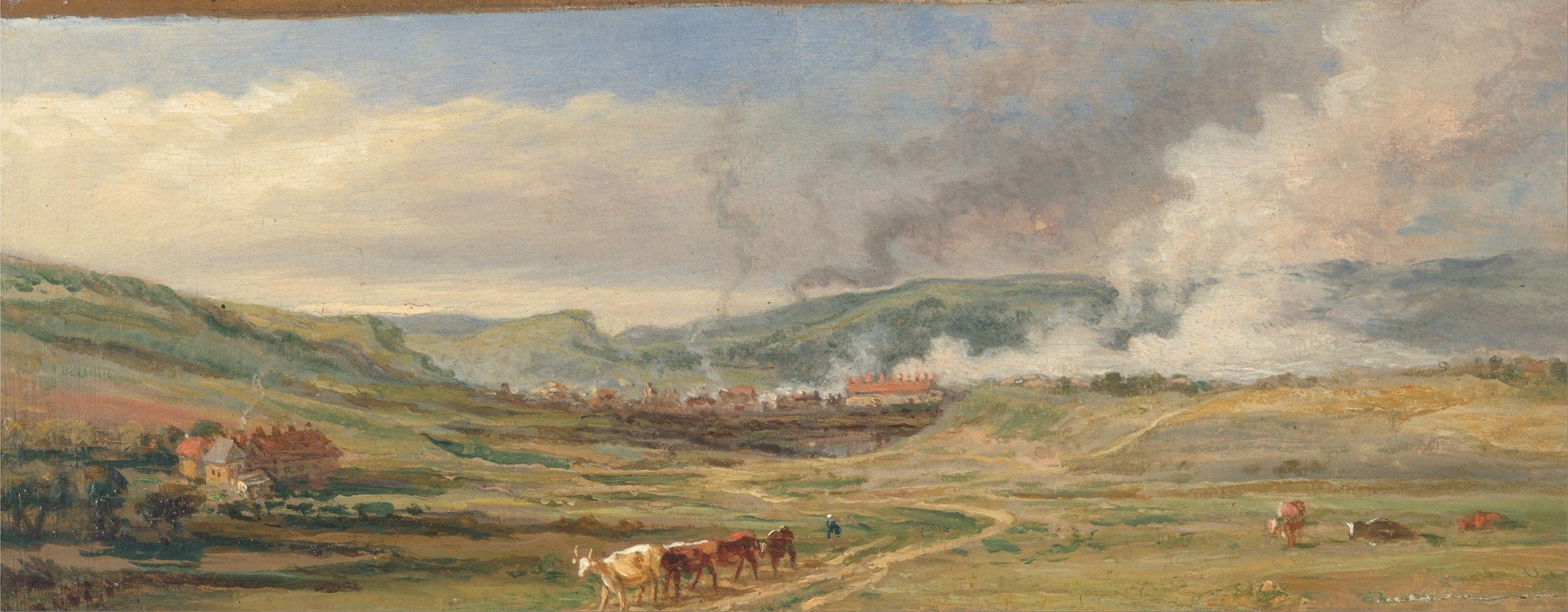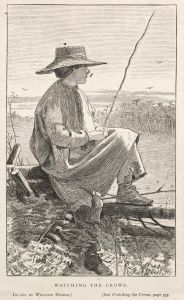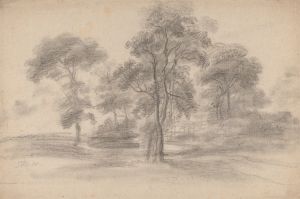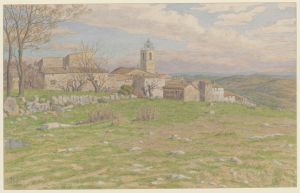
Landscape near Swansea, South Wales
A hand-painted replica of James Ward’s masterpiece Landscape near Swansea, South Wales, meticulously crafted by professional artists to capture the true essence of the original. Each piece is created with museum-quality canvas and rare mineral pigments, carefully painted by experienced artists with delicate brushstrokes and rich, layered colors to perfectly recreate the texture of the original artwork. Unlike machine-printed reproductions, this hand-painted version brings the painting to life, infused with the artist’s emotions and skill in every stroke. Whether for personal collection or home decoration, it instantly elevates the artistic atmosphere of any space.
James Ward was a prominent English painter and engraver, known for his animal paintings and landscapes. Born in 1769, Ward became one of the leading artists of his time, particularly recognized for his ability to capture the essence of rural England. His work often depicted the natural beauty and pastoral scenes of the British countryside, and he was a key figure in the Romantic movement in art.
"Landscape near Swansea, South Wales" is one of Ward's notable works, showcasing his skill in landscape painting. The painting captures the serene and picturesque scenery of the area around Swansea, a coastal city in South Wales. During the early 19th century, Swansea was known for its industrial activities, particularly copper smelting, but the surrounding countryside remained largely untouched and offered stunning natural vistas that attracted artists like Ward.
In this painting, Ward employs his characteristic attention to detail and mastery of light and shadow to bring the landscape to life. The composition likely features rolling hills, lush greenery, and perhaps a glimpse of the distant coastline, typical of the South Wales landscape. Ward's use of color and texture would have been aimed at conveying the tranquility and natural beauty of the scene, inviting viewers to appreciate the harmonious relationship between land and sky.
Ward's landscapes often reflect his deep appreciation for nature and his ability to observe and depict the subtleties of the natural world. His works were influenced by the Romantic movement, which emphasized emotion and individualism, as well as a deep reverence for the natural world. This influence is evident in "Landscape near Swansea, South Wales," where Ward's portrayal of the landscape likely evokes a sense of peace and admiration for the untouched beauty of the Welsh countryside.
Throughout his career, James Ward received numerous accolades for his work. He was elected as a Royal Academician in 1811, a testament to his skill and contribution to the art world. His landscapes, including "Landscape near Swansea, South Wales," continue to be appreciated for their artistic merit and their ability to transport viewers to the serene and idyllic settings they depict.
While specific details about the creation and current location of "Landscape near Swansea, South Wales" may not be extensively documented, the painting remains an important part of Ward's oeuvre. It exemplifies his talent in capturing the essence of the British landscape and his contribution to the Romantic art movement. Ward's legacy as a painter is marked by his ability to blend technical skill with a deep emotional connection to his subjects, making his landscapes enduring works of art that continue to resonate with audiences today.


















